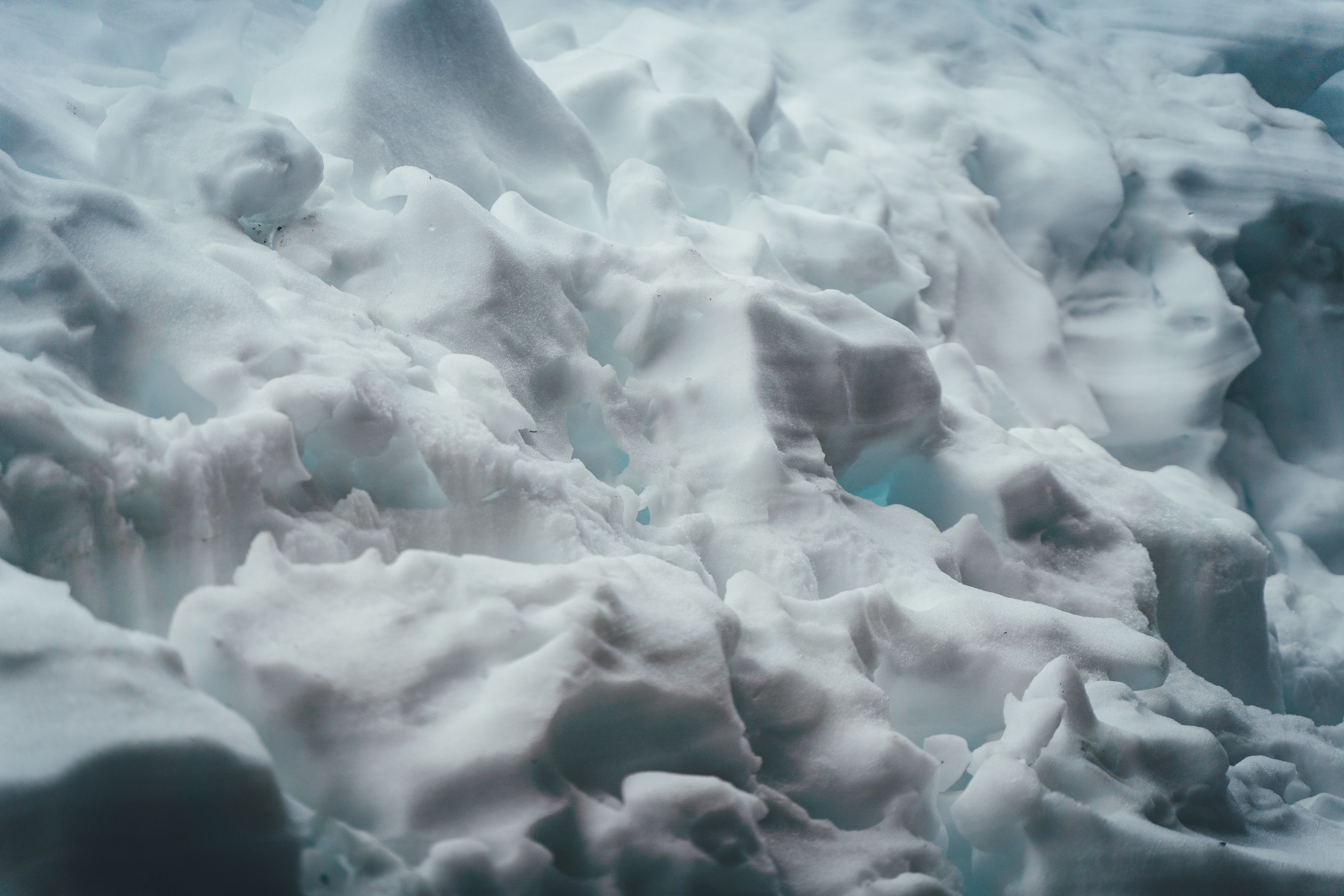Establishing a long-term monitoring network for assessing potential climatic refugia in cold alpine streams
Abstract
Managing landscapes to maintain climate refugia is likely the best strategy to promote persistence of temperature-sensitive species with limited dispersal capacity. Rare, cold-stenothermic taxa occupy mosaic mountain stream networks due largely to hydrological source heterogeneity. We collected environmental and biological data from alpine streams in the Teton Range, Wyoming representing runoff from snowpack (N=3), glaciers (N=4) and subterranean ice (N=4), every summer from 2015-2017. We quantified differences in habitat among the streams according to a glaciality index that included bed stability, suspended solids, temperature and conductivity, and by comparing annual water temperature profiles for each stream. We measured to what degree macroinvertebrate and diatom assemblages varied by stream type. Abiotic and biotic characteristics appeared to differ among sources. Notably, streams fed by subterranean ice (icy seeps) maintained extremely low (mean <2°C) and stable water temperature. Rare, cold-stenothermic stonefly species (Zapada glacier and Lednia tetonica) were indicators for, although not exclusive to, icy seeps. Icy seeps and their sources may be refugia for temperature-sensitive taxa, as the subsurface ice is more insulated from warmer air temperatures.
Featured photo by Nicole Y-C on Unsplash. https://unsplash.com/photos/9XixVlnUCbk

